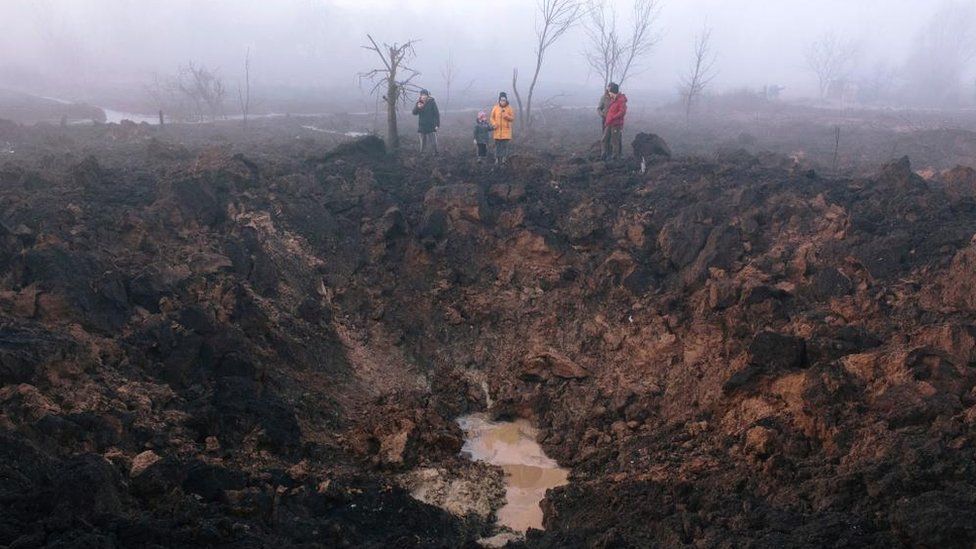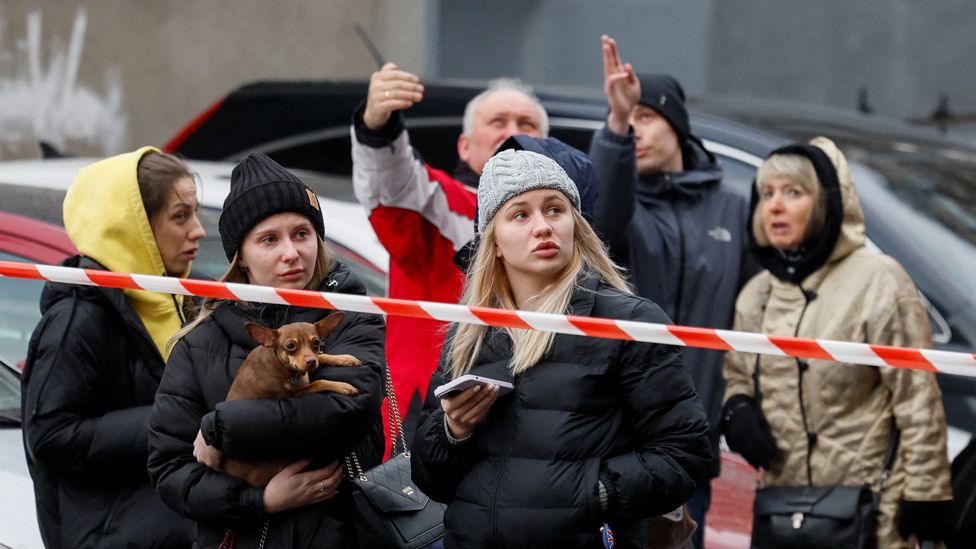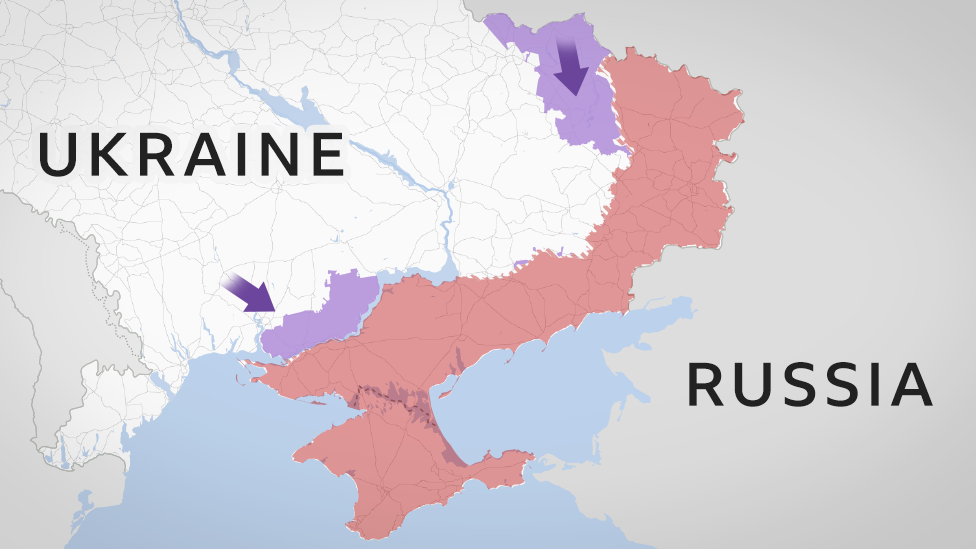
This is the first big, coordinated wave of Russian attacks on Ukraine’s power infrastructure in almost a month.
While there has been some targeting of power facilities in recent weeks, this has been the longest gap since the attacks began in early October.
A much-anticipated wave of strikes to mark the first anniversary of Russia’s full scale invasion on 24 February failed to materialise – though this probably said more about media expectations than Russia’s actual strategy.
But the increasingly sporadic nature of Russia’s infrastructure attacks is notable.
Western officials believe this indicates a shortage of the kind of precision-guided weaponry – especially missiles – needed to carry out such attacks with any measure of effectiveness.
“It takes them that long to get a number of precision weapons together before they can mount a packaged event strike,” was how one official put it earlier this week.
Ukraine’s military has also become quite adept at intercepting incoming missiles and drones.
Preliminary data suggests that a significant proportion of the weapons used today were shot down, including more than 70% of the cruise missiles and half the drones.
According to Valerii Zaluzhnyi, commander-in-chief of the Ukrainian army, another eight missiles were thwarted by what he described as “organized countermeasures”.
But clearly, judging by reports from all over the country, others found their mark.

Some weapons, like the long range Kh-22 anti-ship missile, which dives steeply onto its target from an extremely high altitude, are hard to intercept.
The same goes for the S-300 anti-aircraft missile, which was never designed to attack targets on the ground but which has been increasingly used in this role over the course of the past six months.
Military analysts will pore over the latest data, looking for what Russia’s choice of weapons indicates about Moscow’s tactics and remaining stocks.
Before today’s attacks, observers had begun to wonder whether Russia would persist with a strategy that doesn’t appear to be working.
Despite the enormous damage inflicted on Ukraine’s power grid over the past six months, the country has not been brought to its knees and most Ukrainians have long since become accustomed to power cuts, inconvenience and the occasional danger.
Ukraine’s engineers have successfully kept power flowing across the country, despite losing scores of transformers, switches and other key components of the country’s infrastructure.
In Kyiv and other cities, street lights have recently been switched back on, offering relief to pedestrians used to making their way along darkened pavements with only their mobile phones to light the way.
But the situation remains precarious and officials know that Russia is still able to cause immense damage. The question is: For how long?
This video can not be played
To play this video you need to enable JavaScript in your browser.
Related Topics
-
-
3 hours ago

-
-
-
13 hours ago

-
-
-
23 hours ago

-


